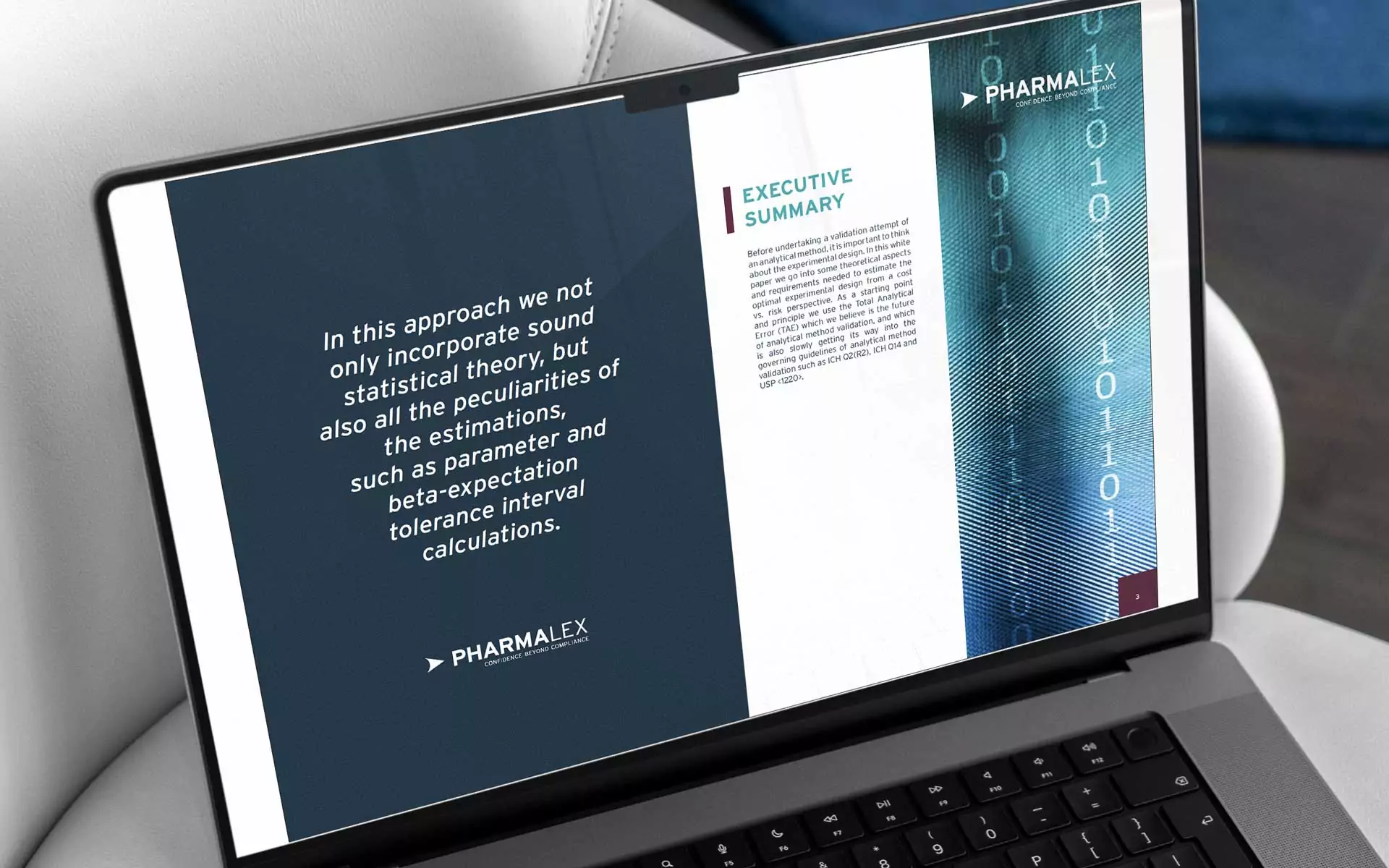Digital innovation is now well-established in the industry and is transforming the entire pharmaceutical lifecycle. Today, industry is accustomed to using digital tools to drive innovation, automate activities and improve speed and quality across all regulated processes.
Artificial intelligence, machine learning, automation, natural language processing, advanced analytics, structured data, real-world evidence – all are playing an increasingly important role in the industry and demand is expected to accelerate in the coming years.
Globalization, competition and the shifting objectives and goals of the industry, global health authorities and consumers all impact how these technologies and capabilities will evolve and be applied in 2025 and beyond. With this in mind, the following eight trends will gain further traction in the year ahead.
AI and drug development
AI has become a key tool in drug discovery and development, helping companies to identify targets, design better drugs and identify the right patients for the right drugs[1]. There are a growing number of use cases in the early development area, such as predicting drug targets and their interactions in the body.
This is leading to significantly more investment in AI by the industry. By way of example, BioNTech acquired InstaDeep in 2023 and has begun sharing how AI capabilities are being deployed within the company to develop personalized vaccines and targeted therapies[2]. Many other pharmaceutical companies are partnering with AI companies to advance their pipelines. These include a partnership between Roche and computing giant Nvidia[3], Boehringer Ingelheim and Phenomic AI to identify novel cancer therapeutics[4], and Sanofi has invested in several leading AI innovators to accelerate discovery[5] — just a small selection of companies turning to AI for product innovation.
Generative AI made real
For several years, there has been a lot of hype around generative AI, with companies overpromising on its capabilities for report writing in the industry. We are now in the phase where the excitement and promise are settling and realistic solutions are emerging. For instance, practical applications of generative AI include emerging tools for AI-assisted clinical trial report authoring[6]. Advantages we see include standardizing sections of a report to allow companies to develop a baseline and remove many of the repetitive efforts involved in initiating reports.
Regulatory acceptance of AI
Health authorities now not only accept AI as part of drug development and life cycle activities, with both the European Medicines Agency and the US Food and Drug Administration taking a realistic approach to the role of AI. Furthermore, both are now taking active steps to use these capabilities in their own decision-making.
For example, EMA’s Big Data Steering Committee has developed an AI workplan to harness AI capabilities for greater efficiency while mitigating risks[7]. The FDA, for its part, continues to assess how it can best leverage and integrate AI while protecting public health[8].
Structured data
Moving away from pure AI but still within the realm of digital technology, regulatory authorities continue to focus their efforts on the use of structured data. This is not a new trend, but still particularly notable with the EMA, which is focused on implementing SPOR data management services for centralized management of master data[9]. The agency has been supporting this initiative with appropriate regulations, processes and standards. SPOR underlines the agency’s growing push toward digital submissions with an emphasis on data rather than documents.
Combining structured data with AI-driven technologies such as natural language processing (NLP) and Generative AI will give structured authoring further impetus. These digital technologies will enable content to be extracted from documents, which can then be translated from unstructured (human-focused readability) to structured (machine-focused readability) information and vice versa.
Real-world evidence
Pharmaceutical companies are putting an increasing emphasis on real-world evidence (RWE) to bridge the gap between clinical effectiveness and commercial outcomes[10]. While randomized clinical trials remain the gold standard, RWE provides insights from much larger data sets, including data from both many more patients and more diverse patient groups.
This preponderance of big data does add uncertainties, so it’s necessary to make more assumptions since it is not possible to control, monitor and test for everything. As such, RWE is expected to lead to greater use of digital technologies such as AI, machine learning and predictive analytics.
Personalized medicine and digital health
A growing number of pharmaceutical companies are taking advantage of wearables and health apps to better understand health outcomes and improve research[11]. Wearables allow companies and healthcare providers capture biological measurements. This can allow participants to take part in clinical trials without needing to be at the trial site, for example. As these devices provide access to more and more data, it is likely to influence how companies develop drugs and personalized medicine in future.
This will, in turn, impact regulations. For example, the FDA’s Digital Health Center of Excellence seeks to build collaboration with the agency and create more efficient oversight of product review and evaluation[12].
Utilizing KPIs for decision making
Clearly, KPIs are not a new thing. But with new digital technologies rising, it becomes another area where we’re seeing increased focus by companies. The reason is twofold. First, measuring certain key performance indicators (KPIs) to determine success of their programs is getting easier with the support of digital capabilities. Second, digital tools will allow better and broader data analytics and, as a consequence, drawing the right conclusions for improved decision making.
While companies want better metrics for their internal operations, they are also eager to have greater oversight of their outsourcing. Companies want to understand key information, data, and successes with their vendor engagements. Where past practice was to get monthly or quarterly reports from vendors as well as internal sources (often with significant manual work), the trend, in our view, is toward constant and continuous metrics for clear and actionable insight into where they are with their regulatory activities, the pharmacovigilance metrics and their clinical data.
In future, vendor partners will need to provide continuous information on how they operate on behalf of clients to demonstrate they are achieving promises around efficiency, while remaining compliant and flexible.
Regulation intelligence
Globalization has brought with it an important consideration: knowledge of the regulatory landscape. That becomes even more urgent as companies look to carry out parallel regulatory submissions in multiple markets. To achieve that, companies are seeking support from partners with a global presence who can facilitate local activities in every country and have a comprehensive understanding of international regulations. For smaller, less well-developed markets this can be challenging.
This is where digital technology creates efficiencies by providing continuous and detailed information on local procedures and guidelines. Technology solutions that monitor health authority websites, patient groups, industry working groups, and other key sources allow companies to be prepared for local needs from the start in their global planning. AI has huge potential in this space by helping to pre-classify the content of new regulations and directing that to the right people. This includes AI translation, which can be invaluable for websites not in English or where the information provided in English is more outdated than the information in the local language. This allows for an understanding of local needs on a global basis early in the process.
A digital future
Digital innovation is a now a driving force within the industry. We are witnessing a transformation within drug discovery, development, and regulatory processes thanks to digital tools. Increasingly, the integration of real-world evidence and structured data is enhancing the industry’s ability to make informed decisions and improve patient outcomes, while wearables and health apps are paving the way for personalized medicine and more efficient clinical trials.
As globalization continues to shape the regulatory landscape, companies will need to leverage digital tools to navigate complex requirements and ensure compliance. The industry’s future lies in the seamless integration of these technologies, which will drive efficiency, innovation, and, ultimately, better healthcare solutions for patients worldwide. All these innovations pave the way for groundbreaking advancements that will redefine the industry by 2025 and beyond.
About the author:
Timm Pauli is VP and Head of Business Partnering Digital Innovation, PharmaLex (now part of Cencora Global Consulting Services), supporting all Cencora GCS practice areas with the right digital tooling. Since 2021, Timm has been responsible for driving the broader digital strategy at PharmaLex, streamlining software systems and enabling value generation by digital technologies across PharmaLex’ service solutions. He has around 22 years of experience in various functions within pharma R&D and more than 17 years of experience within regulatory affairs and regulatory operations.
Disclaimer:
The information provided in this article does not constitute legal advice. PharmaLex GmbH, and its parent Cencora, Inc., strongly encourage readers to review available information related to the topics discussed herein and to rely on their own experience and expertise in making decisions related thereto.
[1] Inside the nascent industry of AI-designed drugs, Nature Medicine, June 2023. https://www.nature.com/articles/s41591-023-02361-0
[2] BioNTech Highlights AI Capabilities and R&D Use Cases at Inaugural AI Day, BioNTech, Oct 2024. BioNTech Highlights AI Capabilities and R&D Use Cases at Inaugural AI Day | BioNTech
[3] Genentech and NVIDIA Enter Into Strategic AI Research Collaboration to Accelerate Drug Discovery and Development, Nov 2023. Genentech and NVIDIA Enter Into Strategic AI Research Collaboration to Accelerate Drug Discovery and Development | Business Wire
[4] Phenomic Enters Strategic Collaboration with Boehringer Ingelheim to Discover Novel Targets for Stroma-Rich Cancer Therapies, Nov 2023. Phenomic Enters Strategic Collaboration with Boehringer Ingelheim to Discover Novel Targets for Stroma-Rich Cancer Therapies | Business Wire
[5] Artificial Intelligence across Sanofi, Sanofi. AI Innovation: Transforming Healthcare | Sanofi
[6] Generative AI, BCG. What is Generative AI and How Does it Impact Businesses? | BCG
[7] Artificial intelligence, EMA. Artificial intelligence | European Medicines Agency (EMA) (europa.eu)
[8] Artificial Intelligence and Medical Products, FDA. Artificial Intelligence and Medical Products | FDA
[9] Substance, product, organisation and referential (SPOR) master data, EMA. https://www.ema.europa.eu/en/human-regulatory-overview/research-development/data-medicines-iso-idmp-standards-overview/substance-product-organisation-referential-spor-master-data
[10] Real World Data and Evidence in Drug and Device Development, KPMG, Nov 2022. Real World Data and Evidence in Drug and Device Development (kpmg.com)
[11] Exploring the Promise of Wearable Devices to Further Medical Research, Harvard Medical School, May 2023. Exploring the Promise of Wearable Devices to Further Medical Research | HMS Postgraduate Education (harvard.edu)
[12] Digital Health Center of Excellence Services, FDA. Digital Health Center of Excellence Services | FDA








